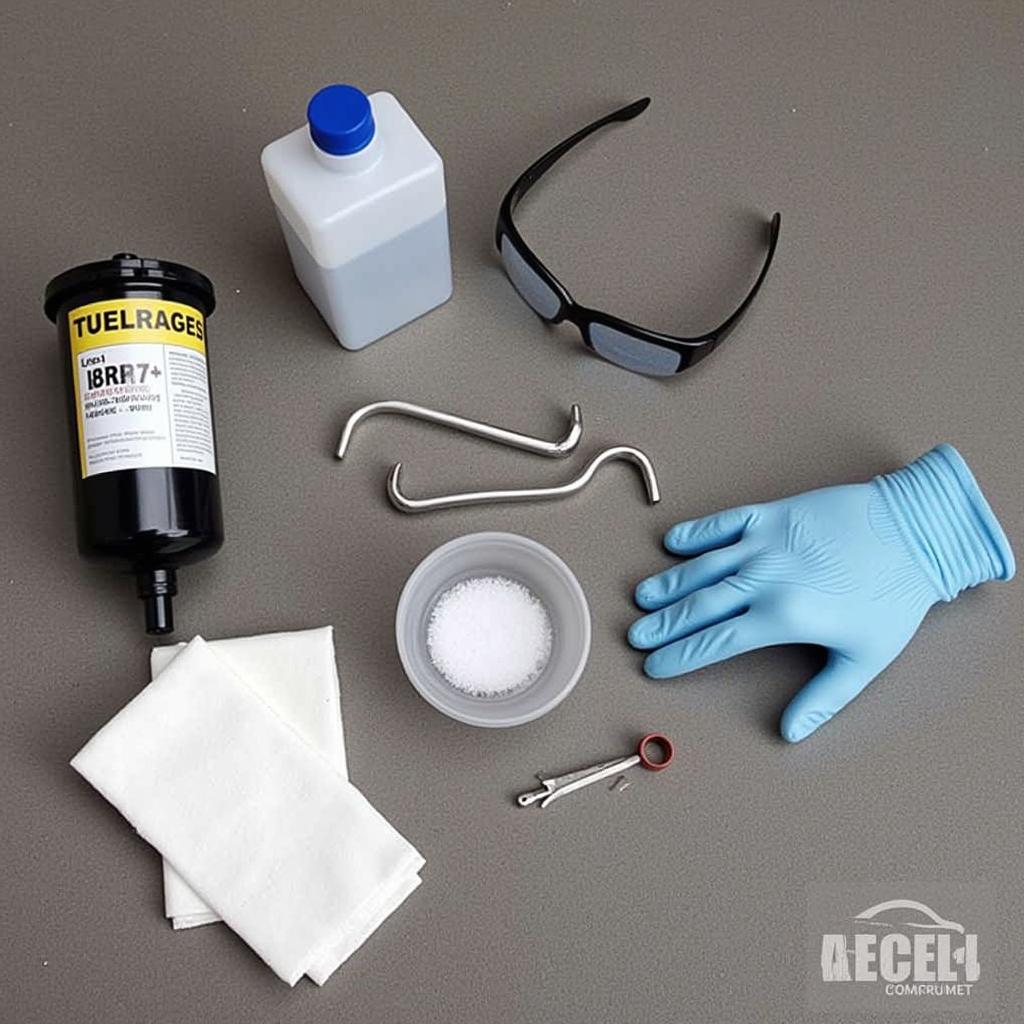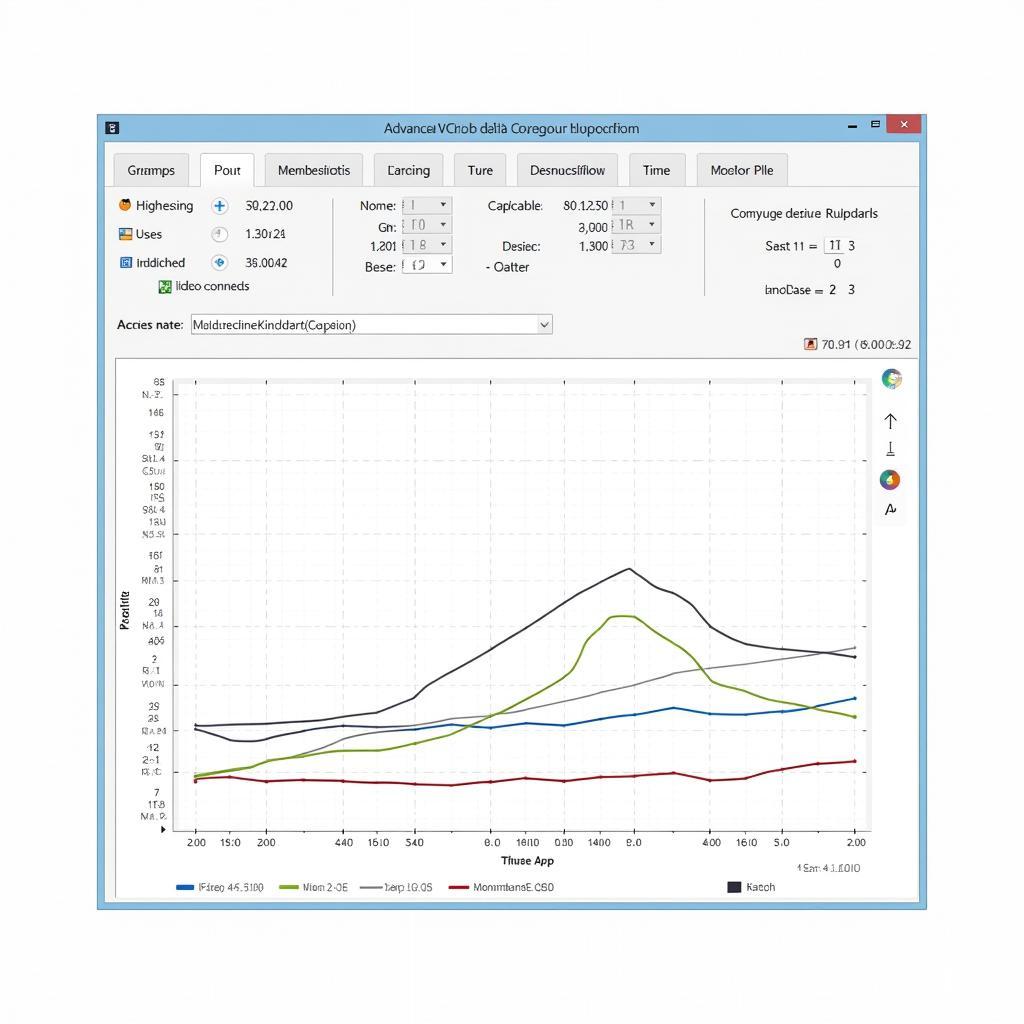Changing your TDI fuel filter without VCDS is entirely possible, although having the software can simplify the process. This article will guide you through the steps involved in changing the fuel filter on your TDI engine, even if you don’t have access to a VCDS scan tool audi. We’ll cover everything from the necessary tools and precautions to the priming procedure and troubleshooting common issues.
Understanding the TDI Fuel System
The TDI engine is known for its efficiency and performance, but its fuel system is sensitive. Proper maintenance, including regular fuel filter changes, is crucial for optimal operation. The fuel filter prevents contaminants from entering the delicate injection system. Ignoring this maintenance can lead to costly repairs down the line.
Why Change the Fuel Filter?
A clogged fuel filter restricts fuel flow, potentially causing:
- Reduced power and performance
- Difficulty starting
- Rough idling
- Increased fuel consumption
What You’ll Need for the Job
Gather the following tools and materials:
- New fuel filter (OEM recommended)
- Fuel filter wrench or socket set
- Container to catch spilled fuel
- Clean rags or shop towels
- Gloves (nitrile or latex)
- Safety glasses
 TDI Fuel Filter Replacement Tools
TDI Fuel Filter Replacement Tools
The TDI Fuel Filter Change Process Without VCDS
Changing the fuel filter without VCDS requires a manual priming process. Follow these steps carefully:
-
Locate the Fuel Filter: The fuel filter is typically located in the engine bay, often near the fuel pump. Consult your vehicle’s service manual for the exact location.
-
Relieve Fuel Pressure: Locate the fuel pump fuse and remove it. Then, start the engine and let it run until it stalls. This will help relieve pressure in the fuel system.
-
Disconnect Fuel Lines: Carefully disconnect the fuel lines connected to the filter. Use a rag to catch any spilled fuel.
-
Remove the Old Filter: Use the appropriate wrench or socket to loosen and remove the old fuel filter.
-
Install the New Filter: Lubricate the seals on the new filter with clean diesel fuel. Install the new filter, ensuring it’s properly seated and tightened to the manufacturer’s specifications.
-
Reconnect Fuel Lines: Reconnect the fuel lines securely.
-
Prime the Fuel System (Manual Method): This is the crucial step when working without VCDS. Turn the ignition key to the “on” position (without starting the engine) for about 30 seconds. Repeat this process several times. You should hear the fuel pump running. This helps fill the new filter with fuel.
-
Start the Engine: After priming, attempt to start the engine. It may take a few cranks to catch. If the engine doesn’t start after several attempts, double-check all connections and repeat the priming process.
-
Check for Leaks: After the engine starts, carefully inspect the filter and fuel lines for any leaks.
Troubleshooting: Engine Won’t Start After Filter Change
If you’re having trouble starting the engine after changing the filter, consider these troubleshooting tips:
- Double-Check Connections: Make sure all fuel lines are securely connected and there are no leaks.
- Repeat Priming Process: Try priming the fuel system again, cycling the ignition key several times.
- Check Fuel Pump Fuse: Ensure the fuel pump fuse is properly installed.
- Air in the System: It’s possible air is trapped in the system. If you have access to a vcds scanner tool, it can help bleed the air out.
Benefits of Using VCDS for Fuel Filter Changes
While changing the fuel filter without VCDS is possible, the software offers several advantages:
- Automated Priming: VCDS can activate the fuel pump electronically, simplifying the priming process.
- Fault Code Reading: VCDS can scan for any fault codes related to the fuel system, helping diagnose potential issues.
- Clear Fault Codes: After the filter change, VCDS can be used to clear any stored fault codes.
Conclusion
Changing a TDI fuel filter without VCDS requires careful attention to the manual priming process. While it might take a bit longer, it’s a perfectly viable option if you don’t have the software. However, using a vcds scan tool for sale can simplify the process and offer additional diagnostic capabilities. Regularly changing your fuel filter is vital for maintaining the health and performance of your TDI engine.
FAQ
- How often should I change my TDI fuel filter? Every 30,000 miles is a good rule of thumb.
- Can I use any fuel filter for my TDI? It’s best to use an OEM recommended filter.
- What if I can’t find my fuel pump fuse? Consult your owner’s manual for its location.
- Do I need to disconnect the battery before changing the fuel filter? It’s a good safety precaution.
- Is it difficult to change a TDI fuel filter myself? With the right tools and a little patience, it’s manageable.
- What is VCDS and where can I find one? VCDS is a diagnostic software and you can look for a vcds scan tool for audi.
- Does o’reilly have vcds vagcom? You may need to contact them directly.
For further assistance, contact us via Whatsapp: +1 (641) 206-8880, Email: [email protected] or visit us at 276 Reock St, City of Orange, NJ 07050, United States. Our customer service team is available 24/7.


